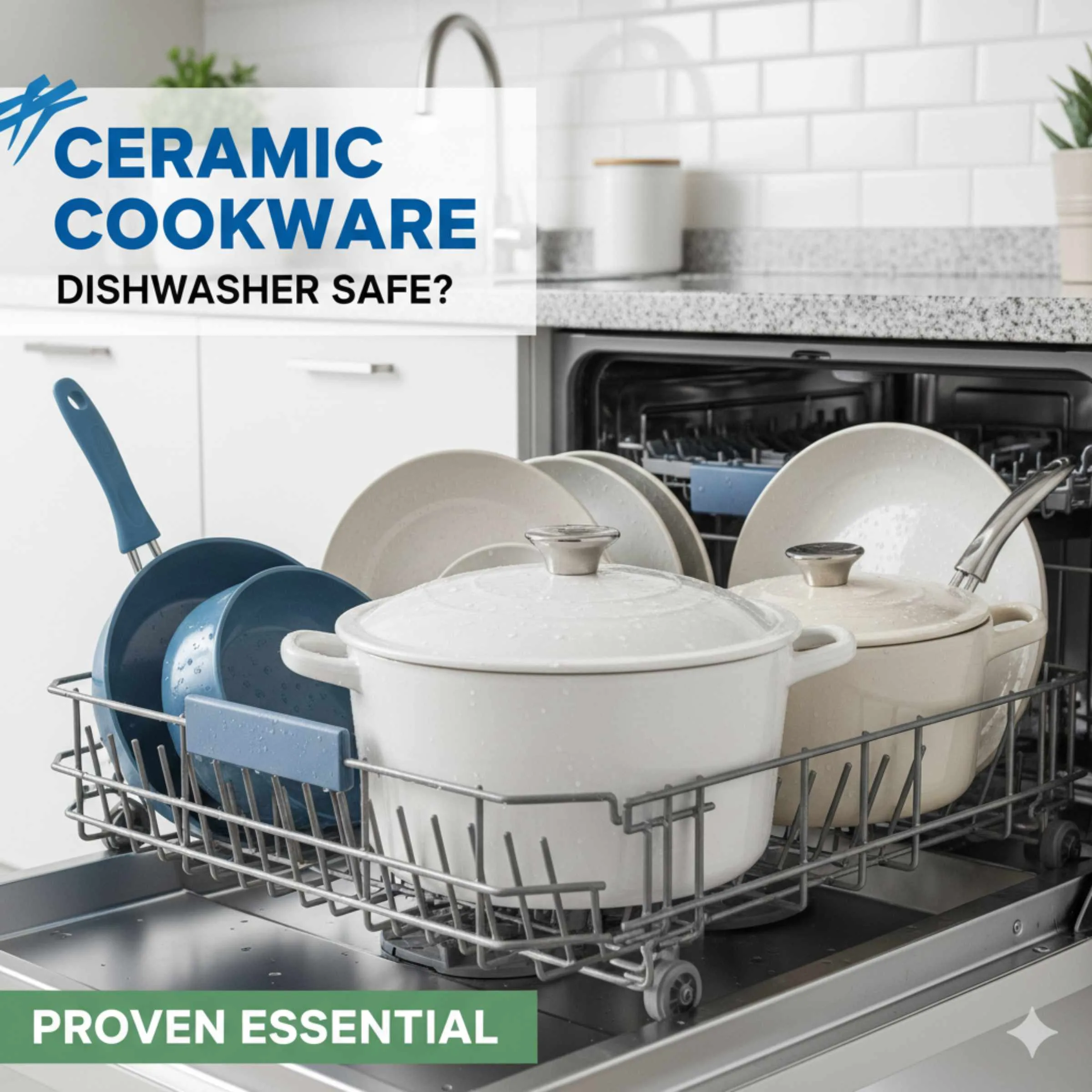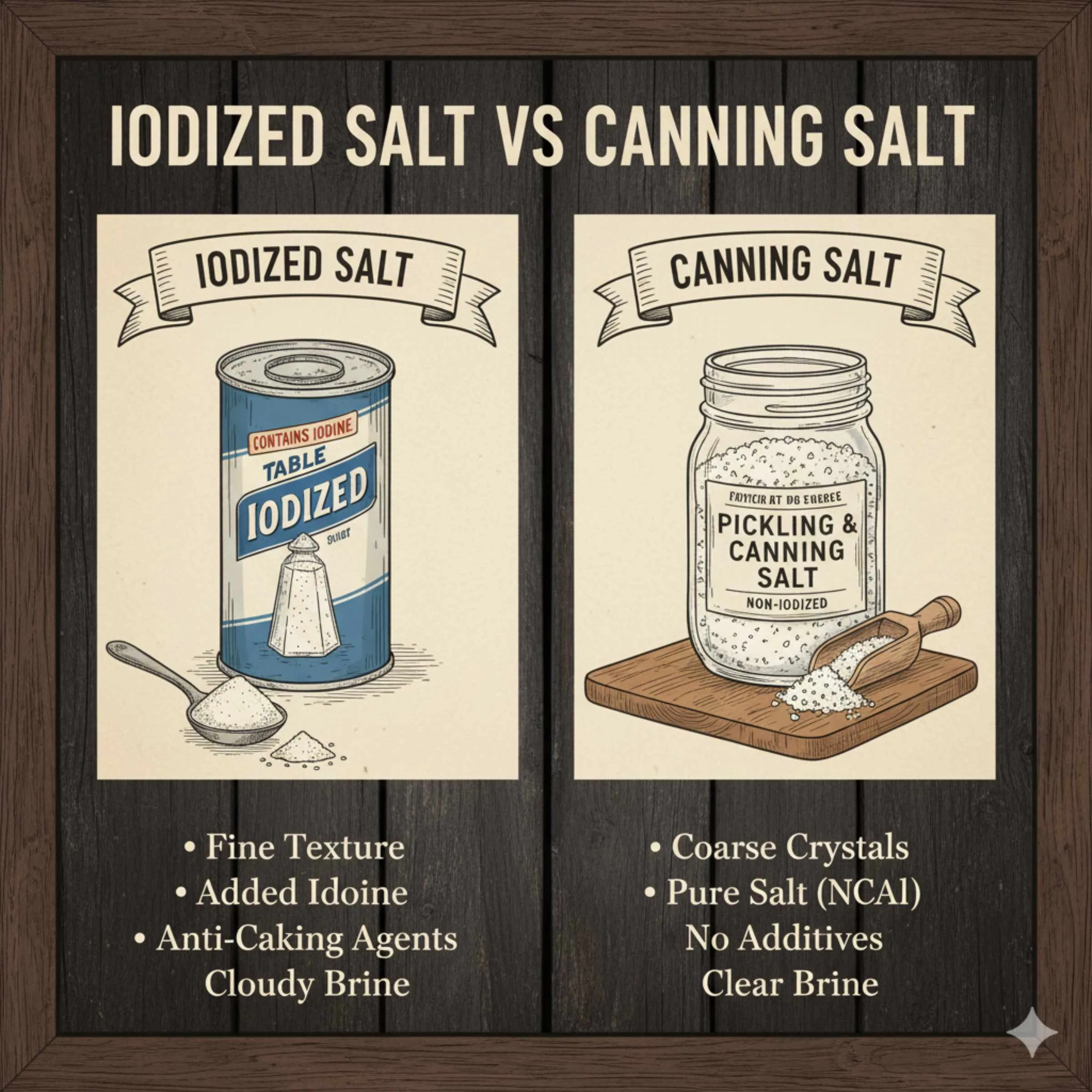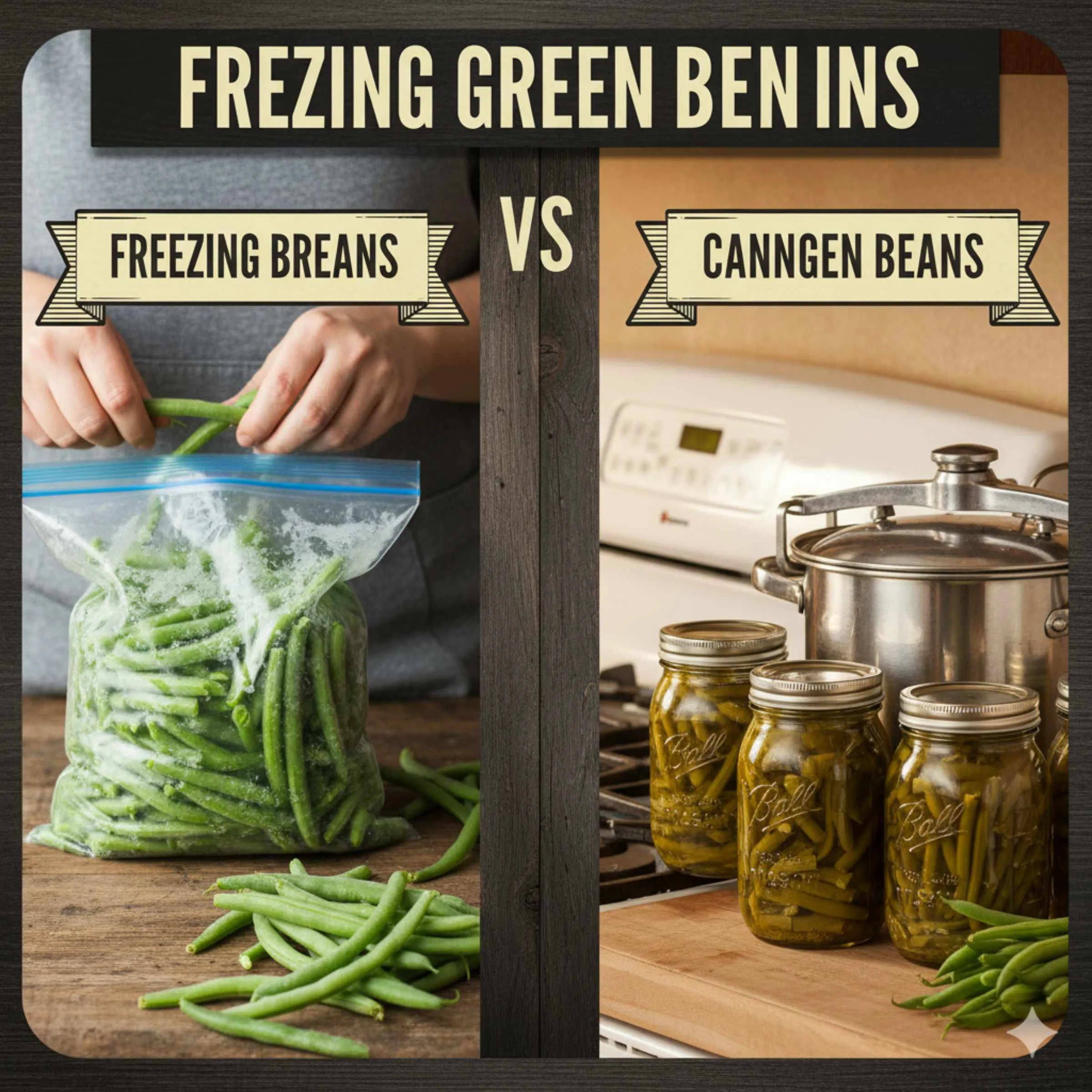Quick Summary: Yes, most modern ceramic cookware is dishwasher safe, but handwashing is often better for longevity. Always check the manufacturer’s care instructions first to prevent chipping, fading, or damage to the non-stick coating.
Cooking is fun, but cleanup? Not so much. Many folks just want to toss their pots and pans into the dishwasher and be done. But when you invest in quality ceramic cookware, you want it to last! You might be staring at that casserole dish right now, wondering if that quick cycle will ruin its beautiful finish. It’s a common worry. Don’t stress! We are going to clear up exactly what is safe, why it matters, and how to keep your ceramic looking brand new for years. Let’s dive into the simple steps to make the right cleaning choice every time.
Understanding Ceramic Cookware: What Are We Washing?
Before we talk about the dishwasher, let’s quickly look at what ceramic cookware actually is. This isn’t the heavy, clay pottery your grandma used. Modern ceramic cookware usually means one of two things:
1. Ceramic Non-Stick Coatings: This is the most common type. It’s a mineral-based coating (often made from silica) applied over an aluminum or stainless steel core. Brands market this as “green,” “PTFE-free,” or “Teflon-free.”
2. True Ceramic/Stoneware: Think of traditional ceramic baking dishes or Dutch ovens that might have a thick, durable glaze.
The crucial part for dishwasher safety is that outer coating. That coating is what makes cooking easier, but it’s also the most vulnerable part during harsh cleaning cycles.
Is Ceramic Cookware Dishwasher Safe? The Direct Answer
The short answer is: It depends entirely on the specific brand and how the cookware was made.
When you buy a quality piece, the manufacturer usually tests it thoroughly. If they say it’s safe, it generally means it can survive the heat and detergent on a standard cycle.
Why the hesitation? Because “safe” doesn’t always mean “best.”
The Manufacturer’s Label is Your First Stop
This might sound obvious, but it is the single most important step. If the box or the bottom of the pan explicitly says “Dishwasher Safe,” you can proceed with confidence for that specific item. If it says nothing, or specifically says “Hand Wash Only,” follow those instructions immediately.
Manufacturers use specific testing standards. For example, in the US, cookware might be tested against standards related to abrasion resistance and chemical exposure, similar to those monitored by organizations focusing on home goods safety.
The Great Detergent Debate: Why Dishwashers Can Be Tough on Ceramic
Dishwashers use very different mechanics than handwashing, and these mechanics can cause issues for ceramic coatings over time. Think about the high-pressure jets and the strong, abrasive detergents used to cut through baked-on grease.
High Heat and Chemical Exposure
Dishwasher detergents are powerful. They contain harsh chemicals and high concentrations of alkaline materials (high pH).
These chemicals are designed to strip away food residue, but over many cycles, they can slowly degrade the integrity of the ceramic coating.
This degradation manifests in a few ways:
- Dulling the Finish: The glossy exterior or interior can look hazy or less vibrant.
- Reduced Non-Stick Performance: The microscopic pores in the coating can widen, allowing food to stick more easily over time—the very thing you bought it to avoid!
- Chipping Risk: High heat can cause expansion and contraction, potentially leading to small chips, especially around the rims or handles.
Physical Bumping and Abrasion
In a dishwasher rack, pans can knock against each other. Even if the dishwasher jet isn’t hitting the surface directly, subtle bumps can cause microscopic damage that builds up into noticeable wear over months of use. Metal utensils or sharp edges from other dishes can also scratch the surface if items aren’t loaded carefully.

How to Check Your Specific Cookware: A Quick Checklist
Never guess! Here is the definitive way to know if your piece is ready for the machine:
- Check the Packaging or Manual: Look for the universal “Dishwasher Safe” symbol (usually a symbol of a plate being sprayed with water).
- Examine the Interior Surface: If the coating feels slightly rough, sticky, or you see tiny white spots after washing, the dishwasher is likely damaging it.
- Look at the Exterior: Some cheaper ceramic coatings on the outside can discolor from harsh detergents. If the outside looks chalky, switch to handwashing.
Table: Dishwasher Safety by Ceramic Type
Not all ceramic items are created equal. This table shows what you can generally expect for different types of ceramic kitchenware:
| Cookware Type | Typical Dishwasher Safety | Long-Term Recommendation |
|---|---|---|
| High-Quality Ceramic Non-Stick Pans (e.g., GreenPan, Caraway) | Usually Yes (Top Rack Recommended) | Hand wash to maximize lifespan. |
| Stoneware Baking Dishes (Unglazed Exterior) | Often Safe, but check glaze integrity. | Hand wash if the glaze appears thin or delicate. |
| Enamel-Coated Ceramic (Like Some Dutch Ovens) | Generally Safe, but check rim/lid seals. | Hand wash to prevent chipping where enamel meets metal. |
| Ceramic Mugs or Simple Dishes (No Non-Stick Interior) | Almost Always Safe | Dishwasher is fine for daily use. |
The Best Practice: Handwashing Ceramic Cookware
Even when a manufacturer states a pan is officially dishwasher safe, most experts (and seasoned chefs) will recommend handwashing for crucial pieces like high-quality non-stick frying pans. Think of it as routine maintenance for your reliable car engine—it runs better when you take the extra step!
Tools You Need for Gentle Washing
You don’t need fancy tools, just the right gentle supplies. This keeps the process quick and effective.
- Soft sponge or dishcloth (avoid the abrasive green side!)
- Mild dish soap (not bleach-based)
- Warm running water
- A soft towel for drying (optional, but recommended)
Step-by-Step Gentle Cleaning Guide
This method ensures you clean effectively without harming the coating:
- Cool Down First: Never plunge a hot pan into cold water. This rapid temperature change (thermal shock) can warp the metal core or cause the ceramic coating to crack. Let it cool on the counter for at least 15 minutes.
- Rinse Away Loose Debris: Gently rinse out any large food particles under warm running water. Do not scrub aggressively yet.
- Soak if Necessary: If you have stubborn, burnt-on food, fill the pan with warm water and a small drop of gentle dish soap. Let it soak for 10 to 20 minutes. This allows the water and soap to loosen the debris naturally.
- Wipe Gently: Use the soft side of your sponge or a soft cloth to wipe the surface clean. You should find that most food lifts away effortlessly.
- Rinse Thoroughly: Rinse all soap residue away with clean, warm water.
- Dry Immediately: Use a soft towel to dry the pan immediately after rinsing. Allowing water to air-dry can sometimes leave mineral deposits that dull the finish over time.
Optimizing Your Dishwasher Load for Ceramic Safety (If You Must Use It)
If life gets busy and you absolutely have to use the dishwasher for your ceramic piece, you can reduce the risk of damage by following these loading rules. This is crucial for protecting the investment you made in your cookware.
Placement is Everything
The placement determines how much harsh spray and heat the pan is exposed to.
- Top Rack Only: Always place ceramic cookware on the top rack. The heating element is usually at the bottom, and the spray intensity is often less aggressive up top.
- Face Down and Secure: Ensure the ceramic surface is facing down so water can drain freely. It must be secured so it cannot bang against other dishes during the wash cycle.
- Keep Away from Sharp Objects: Do not load knives or metal utensils that could potentially shift and scratch the ceramic coating during the high-pressure wash.
Cycle Selection Matters
If your dishwasher has customizable settings, use them to baby your ceramic items.
- Avoid “Heavy Duty” or “Pots and Pans” Cycles: These use higher temperatures and more aggressive water pressure.
- Choose “Normal” or “Light”: These cycles are sufficient for most daily residue and use less concentrated detergent.
- Use Less Detergent: Use just the recommended amount, or even slightly less if the item isn’t heavily soiled. Excessive detergent is the main enemy of the coating.
Beyond the Wash: Long-Term Care for Ceramic Coatings
Maintaining the lifespan of ceramic cookware involves more than just washing methods. It relates to how you treat it during cooking, too. Smart cooking habits significantly reduce the need for aggressive washing later.
Cooking Temperature Control
Ceramic-coated aluminum pans conduct heat very well. They often don’t need the high settings you might use for stainless steel.
Running a ceramic pan on medium-high or high heat for long periods can actually burn away the non-stick properties of the coating, making it stick regardless of how clean it is. Always use low to medium heat.
For more information on how materials conduct heat safely, resources like university extension sites often provide excellent, unbiased material science breakdowns for home use.
Tool Usage Check
This is where many pots meet their demise prematurely.
If you use metal spatulas, whisks, or spoons in your ceramic pans, you are creating scratches. Those scratches are entry points for water and detergent, which then break down the coating underneath.
Stick to these tools:
- Silicone spatulas and spoons
- Wooden spoons or stirring tools
- Nylon utensils
Stacking and Storing Correctly
Storage can cause damage even when the pan is clean and dry! If you stack pots directly on top of each other, the bottom rim of the top pan will rub against the sensitive cooking surface of the one beneath it.
To prevent this:
- Place a soft barrier between stacked pans.
- Use felt pan protectors specifically designed for non-stick cookware.
- Store single pans vertically in a pot rack if space allows, eliminating contact altogether.
Troubleshooting: What If My Ceramic Cookware Looks Damaged?
Sometimes, despite your best efforts, you notice discoloration or food sticking. Here’s how to address it depending on what you see.
Issue 1: Chalky White Residue on Interior Surface
This is usually caused by mineral deposits from hard water or excessive detergent reacting with the coating minerals.
The Fix: Create a mild acidic solution to neutralize the alkalinity.
- Mix one part white vinegar with three parts water.
- Gently warm this solution on the stove in the affected pan (do not boil aggressively).
- Let it sit for 10 minutes.
- Rinse well and dry immediately.
If the white residue remains after this treatment, it’s surface etching, and you should switch to handwashing exclusively moving forward.
Issue 2: Food Starting to Stick
This means the non-stick properties are beginning to break down, likely due to heat damage or detergent wear.
The Fix: Re-seasoning (if applicable to your specific coating) or switching to dedicated handwashing.
Some ceramic manufacturers suggest a very light cycle of oiling the pan (wiping a thin layer of high smoke point oil like canola or avocado oil and heating it gently). However, check your manual, as applying oil to some modern PTFE-free coatings is not recommended.
If sticking persists, the coating is nearing the end of its useful life, and it’s safer to retire the pan than to use harsh scrubbing methods to try and revive it.

When to Retire Ceramic Cookware
Ceramic cookware is not meant to last forever, especially if used daily. Knowing when to toss it is just as important as knowing how to wash it. Safety comes first.
You should immediately stop using and replace any ceramic cookware that shows these signs:
- Deep scuff marks or large chips exposing the metal underneath.
- Widespread peeling or flaking of the coating.
- A consistent inability to clean food off without abrasive scrubbing pads.
Using damaged ceramic can lead to the coating flaking into your food, which while generally considered non-toxic (as it’s mineral-based), is certainly not ideal for cooking performance or texture.
Frequently Asked Questions (FAQ) About Ceramic Cookware Cleaning
Q1: Can I use abrasive scrubbers like steel wool on ceramic cookware?
Absolutely not. Steel wool or the rough side of a kitchen sponge will immediately scratch and ruin the delicate ceramic non-stick surface. Always use soft cloths or non-scratch sponges.
Q2: Is it okay to leave slightly messy ceramic pans soaking overnight in the sink?
It is better to soak for a maximum of 30 minutes to an hour. Leaving them submerged with soap or food residue for many hours allows moisture and chemicals to seep into any microscopic weak spots, potentially damaging the coating or the bonding agent around the handle rivets.
Q3: What is the best soap to use for handwashing my ceramic pans?
Use a mild, gentle liquid dish soap that does not contain bleach additives. Gentle soap is effective enough when combined with warm water and proper soaking time.
Q4: Does the color of the ceramic matter for dishwasher safety?
Usually, no. Whether your pan is white, blue, or speckled, the durability comes from the chemical structure of the applied coating, not the aesthetic color pigments used. However, darker exterior colors might show detergent haze more easily than a white finish.
Q5: If my ceramic pan is technically dishwasher safe, how many times can I put it in the dishwasher before damage occurs?
There is no fixed number. It depends on the power of your dishwasher, the quality of the detergent you use, and the specific brand’s ceramic formula. A high-end pan might survive 100+ washes, while a budget pan might show wear after 20. Handwashing eliminates this guesswork.
Q6: Can I use dishwasher pods or tablets for ceramic cookware?
It is strongly recommended that you avoid them. Dishwasher pods and tablets contain a highly concentrated dose of strong chemicals designed for heavily soiled dishes. This high concentration drastically increases the risk of etching and wear on ceramic coatings, even on the top rack.
Q7: My ceramic handles are made of silicone or wood. Can they go in the dishwasher?
Silicone handles are usually fine for the top rack, but wood handles should never go in the dishwasher. Repeated cycles of soaking, heat, and drying cause wood to warp, crack, and weaken the fit to the pan body.
Conclusion: Confident Cleaning for Lasting Cookware
We’ve covered a lot of ground, but the takeaway is straightforward: Your ceramic cookware might be dishwasher safe according to the label, but you have more control over its lifespan by choosing gentle handwashing whenever possible. Think of your ceramic pans like high-performance gear—they do an amazing job when treated right!
By cooling pans before washing, checking that manufacturer stamp, avoiding abrasive scrubbing, and perhaps most importantly, opting for a quick, warm wash with mild soap, you are protecting your investment. You’re ensuring that the next time you cook, your food slides right off, just like it did on day one. Keep up these simple habits, and your quality ceramic cookware will be ready for sizzling dinners for many years to come. Happy cooking and happy cleaning!








Leave a Reply